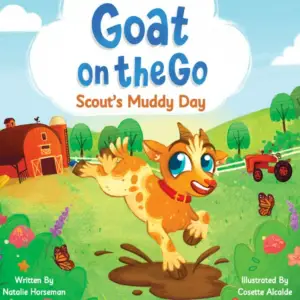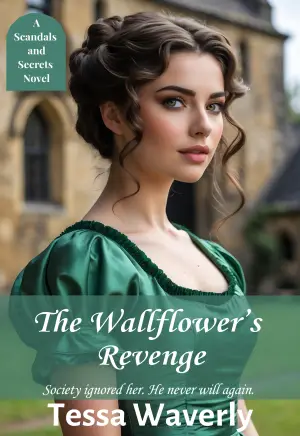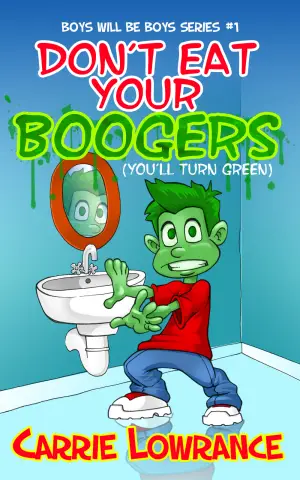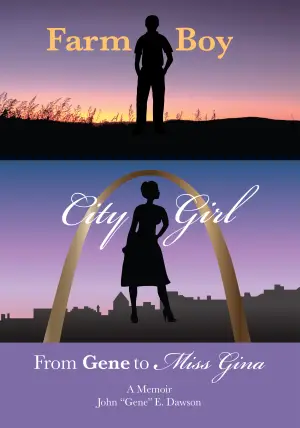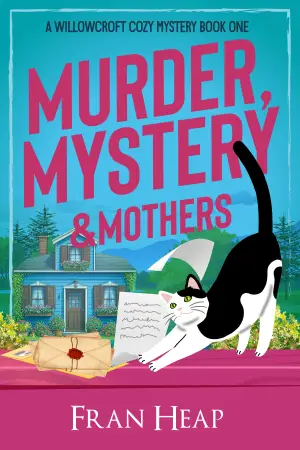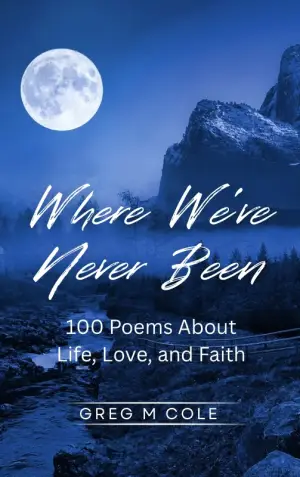At the Bottom of the Garden: A Ghostly Tale with Room for Growth
As a book blogger who thrives on atmospheric stories, I couldn’t resist picking up At the Bottom of the Garden by Camilla Bruce. With its promise of eerie hauntings and a touch of the macabre, I was drawn in by the tantalizing premise—what could be more intriguing than a tale woven with vengeful spirits and a sinister aunt? My curiosity was piqued, but while the ghostly elements were enchanting, the overall execution left me a bit wanting.
At the heart of this narrative are two orphans, Lily and her younger sister Violet, who find themselves shuttled away to live with their aunt Clara after the tragic loss of their parents. It quickly becomes clear that Clara is more villainess than maternal figure; her character leans heavily into caricature territory, making it hard to find any redeeming qualities. Instead of feeling menacing, she often comes off as bumbling and eccentric—especially when her obsession with diamonds veers into the comical. I appreciated Bruce’s intention behind Clara’s character; her tragic backstory offers an intriguing layer, yet I found it hard to sympathize with her.
In contrast, Lily and Violet are the heart of the story, two resilient sisters bound by their newfound abilities to see and communicate with ghosts. I loved the concept of the girls possessing paranormal gifts, with Violet often conversing with a particularly angry ghost trapped at the bottom of the garden. This laid the groundwork for some richly atmospheric scenes, and the initial discovery of their powers held so much promise. Their bond was what truly carried the narrative for me; their journey through grief and fear felt authentic and heartfelt.
However, I couldn’t overlook the pacing issues that plagued the middle section. The story seemed to stagnate as the characters fell into repetitive patterns, and the humor that was likely intended to lighten the mood felt misplaced within the darker themes. Even Clara’s ghostly misadventures could not revive the momentum until the plot began to unfurl in its final act—where the narrative did regain some interest through a surprising revelation about their abilities.
Bruce’s writing style is engaging, with a flair for creating vivid imagery and ghostly suspense; she crafts a truly creepy ambiance that permeates the pages. Yet, the balance between the darker themes and the quirky comedic elements felt uneven. The chilling moments were interspersed with scenes that, while perhaps intended to be humorous, detracted from the tension that could have enriched the story.
In the end, At the Bottom of the Garden left me with mixed feelings. While there are moments of brilliance, particularly in Lily and Violet’s interactions and the ghostly lore, Clara’s antics and the narrative stumbles hindered what could have been a truly exceptional read. I’d recommend this book to readers who enjoy quirky ghost stories but suggest they keep their expectations in check. This novel may resonate with those who appreciate a lighter touch amid their hauntings, but I ultimately found myself hoping for a more cohesive blend of its intriguing elements.
Despite my reservations, I still hold a soft spot for Camilla Bruce and her ability to create captivating worlds. My experience with At the Bottom of the Garden hasn’t deterred me from eagerly looking forward to her next work. After all, every author has room for growth, and I can’t wait to see where she takes us next.
Discover more about At the Bottom of the Garden on GoodReads >>


